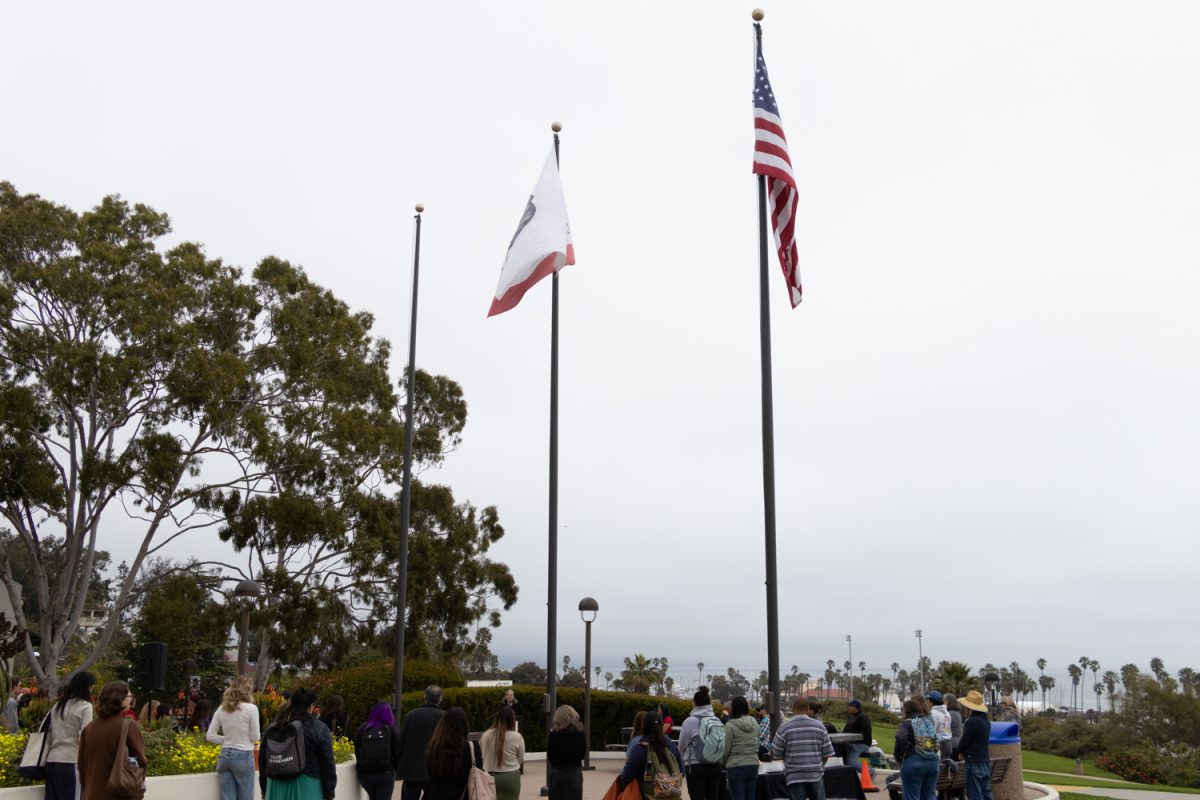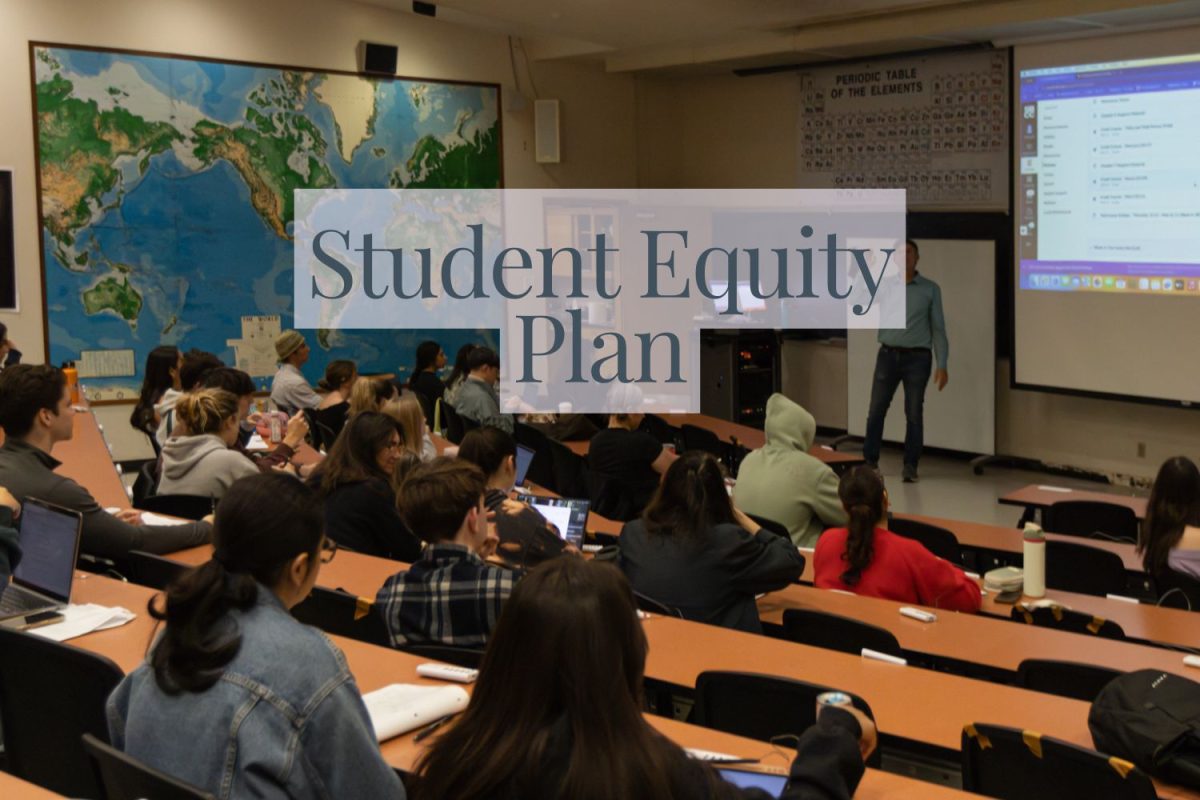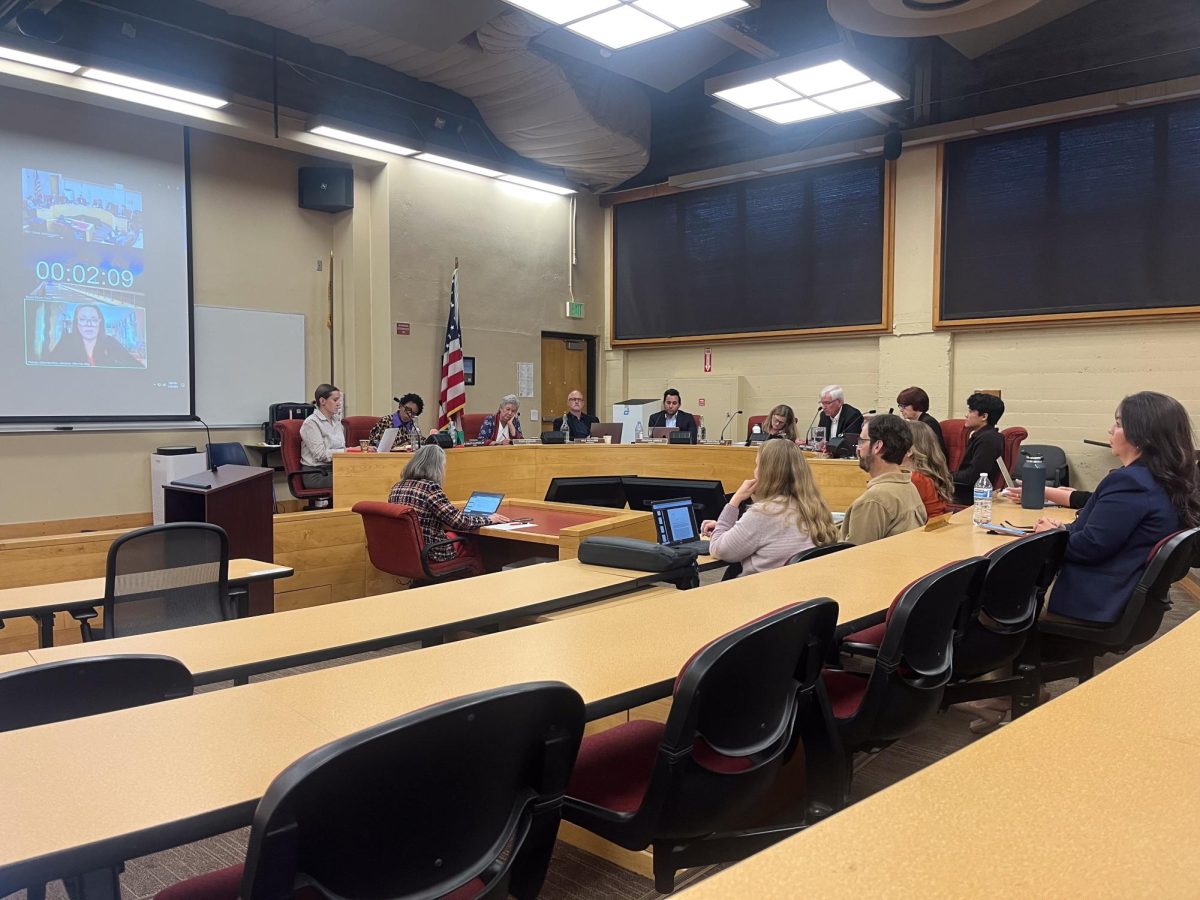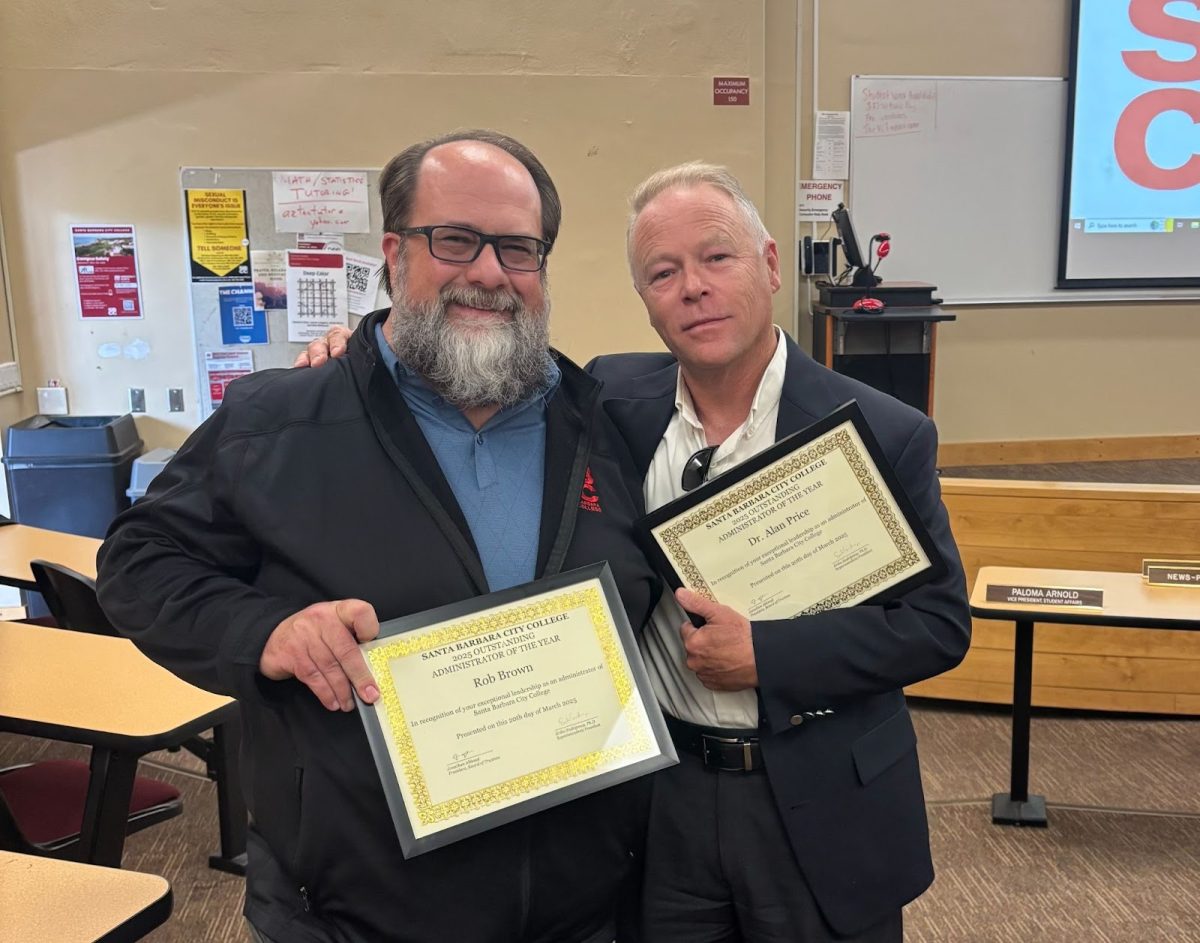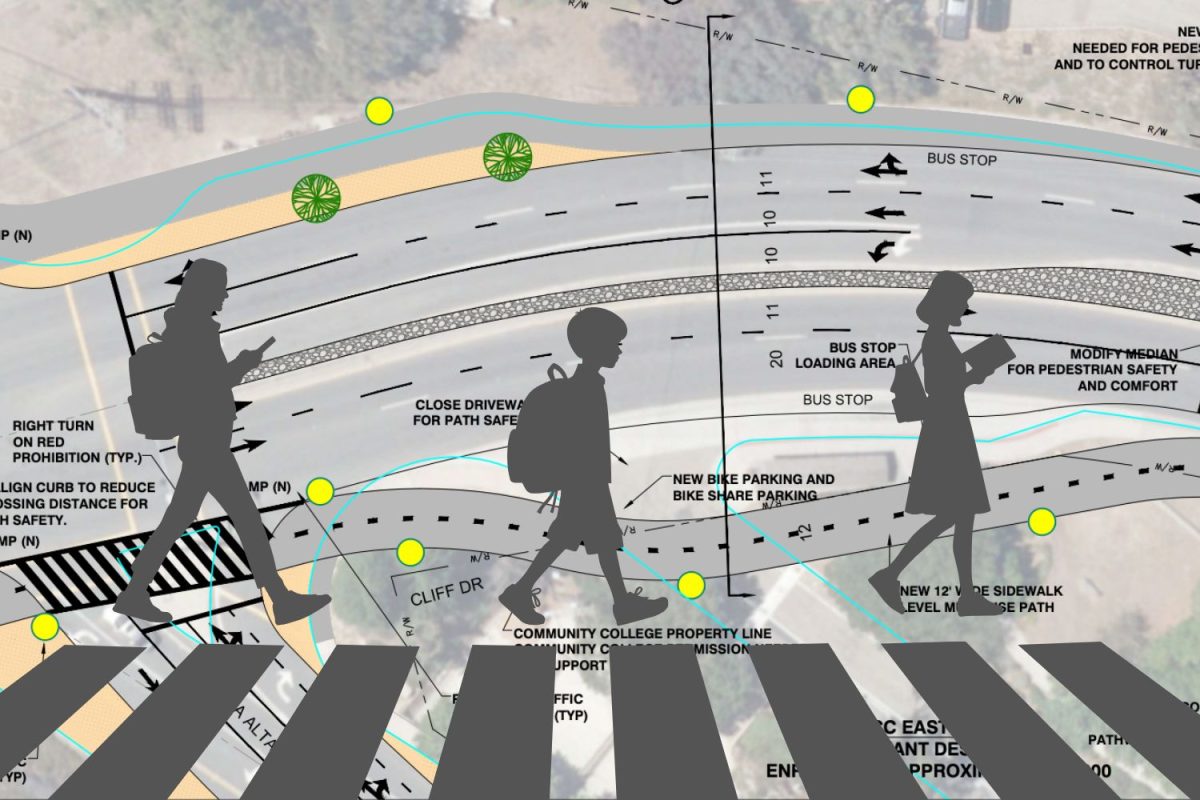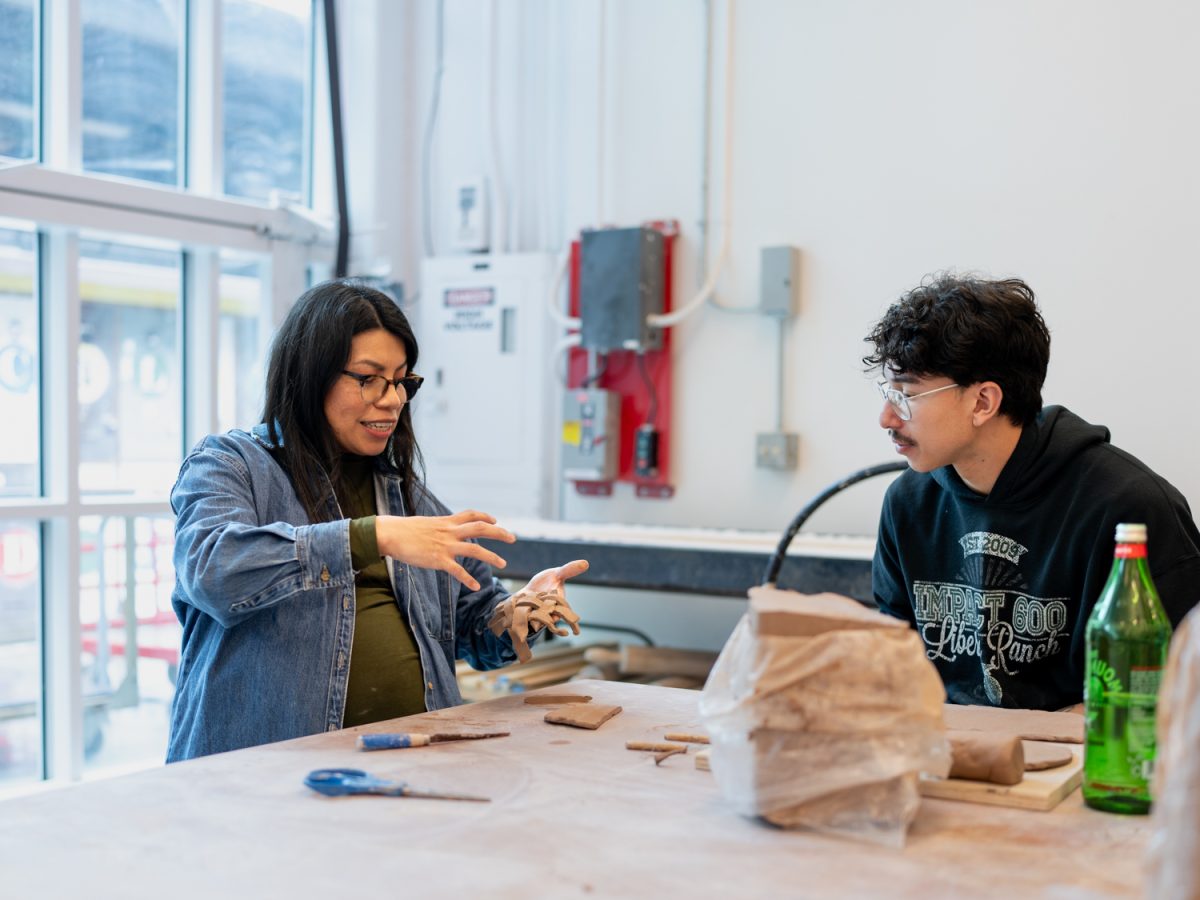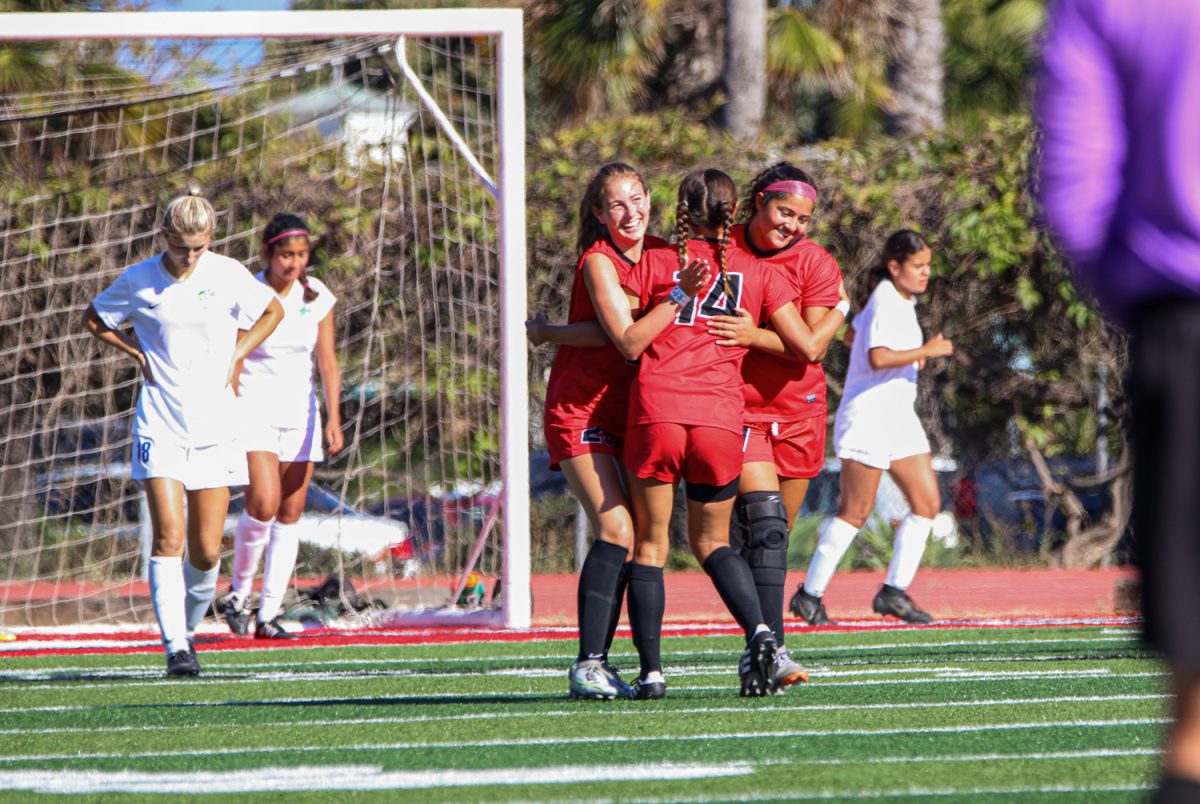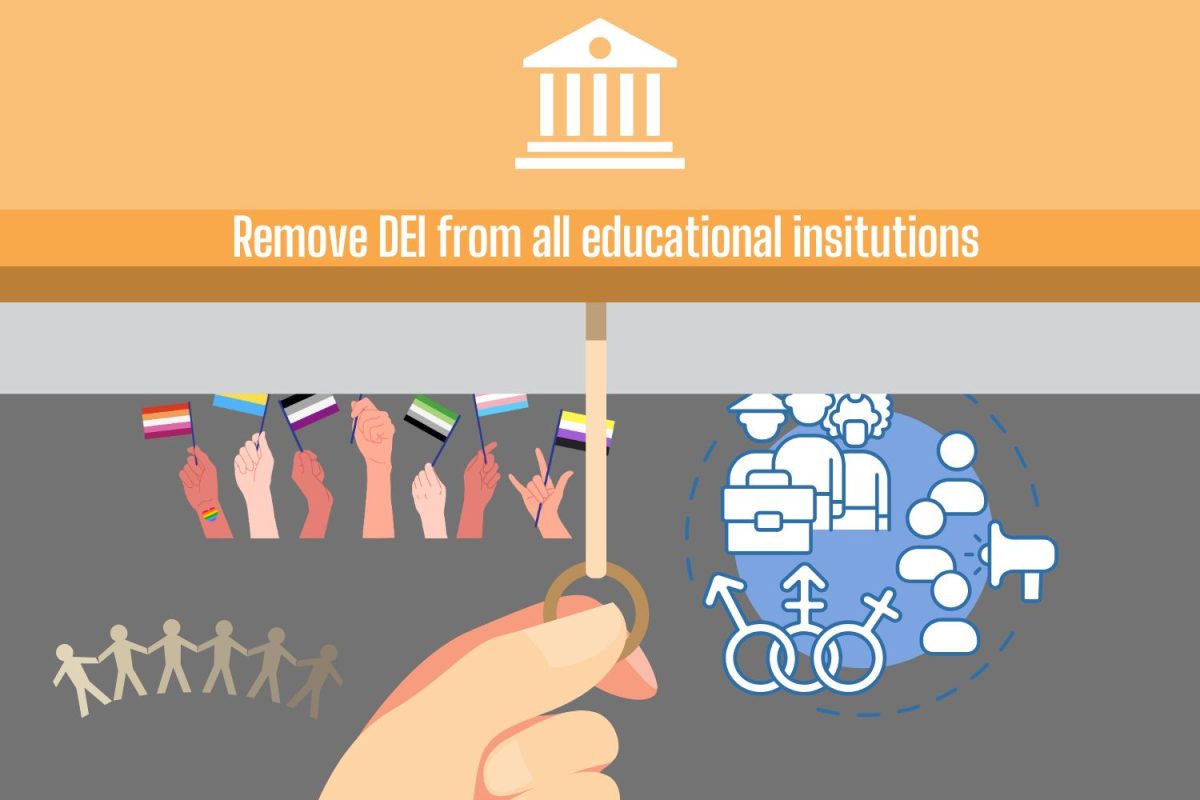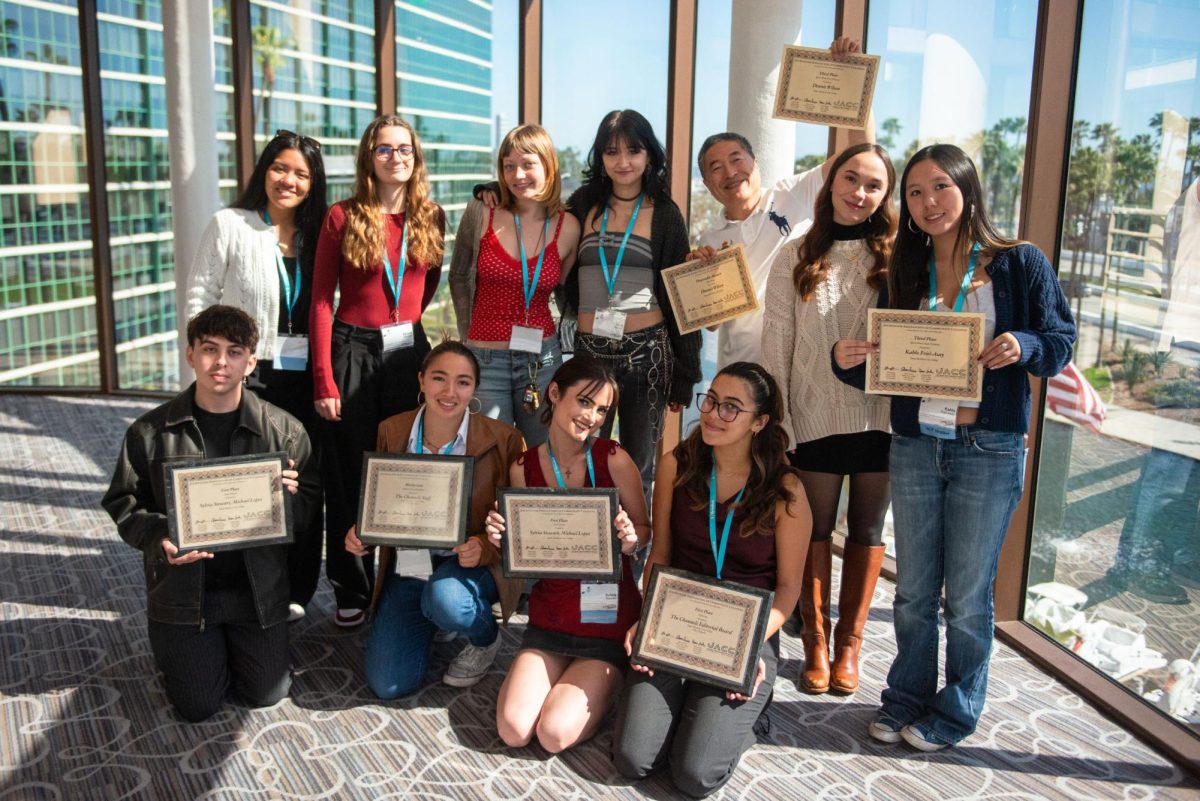City College leadership is assessing the damage and planning for the future as the dust settles and administration can see the effects of the pandemic on the budget deficit and declining international enrollment.
The Board of Trustees approved and adopted the final 2020-2021 budget, and City College is forecasted at a $4.9 million deficit.
This is less than some of the early projections, which had the deficit as high as $7.7 million. It was a budget balanced by cutting operations costs and restricting new spending until the college returns to in-class instruction.
SBCC Foundation President Geoff Green reported that the foundation had disbursed an all-time high of $9.8 million, dipping into their reserves to help the college stay afloat during the pandemic.
This included emergency COVID-19 relief funds, scholarships and book grants.
“One of the things that a good strong reserve buys you is that when things go south you have options and that’s where we found ourselves in March when the pandemic hit,” said Green.
Superintendent-President Utpal Goswami laid out a plan for the administration’s two-year plan which would save up to $3.5 million, but would come with the elimination of staff, an increase in class size and the rearranging of programs to be smaller or cut entirely.
Board President Robert Miller said that Goswami’s plan presents “how we can get to where the board would like to be and that is with a balanced budget in two years.”
The two-year plan will be reviewed by the CPC, Academic Senate and Associated Student Government before any decisions are made.
Executive Vice President Pamela Ralston provided an overview of the latest enrollment demographics which showed only 17 new international students for the fall semester—a stark comparison to the 150 new international students enrolled in spring 2020 and the 308 students in fall 2019.
The decline in international enrollment is partly due to the coronavirus pandemic forcing students to attend school remotely; most international students come to City College specifically to live and study in the area. Numbers are expected to return to normal when classes go back in-person.
“Once we return our students to campus, we have health in our community and we’re able to go back to our normal instructional framework,” said Ralston. “We’re hoping to build back up our base of international students and regain some of what that looked like before the COVID crisis.”
Trustee Marsha Croninger said the college should look towards other countries for international students instead of catering to “those that can afford it.”
“I would like to see us make a real effort to bring in disadvantaged students from countries where [they] will not have had any opportunity to succeed and this is something we can give them,” said Croninger. “We’re almost starting over if we only had 17 students that are new.”
The Board of Trustees will reconvene on Oct. 22.




